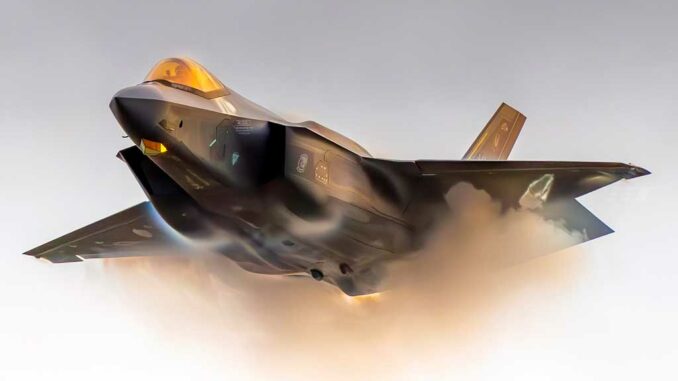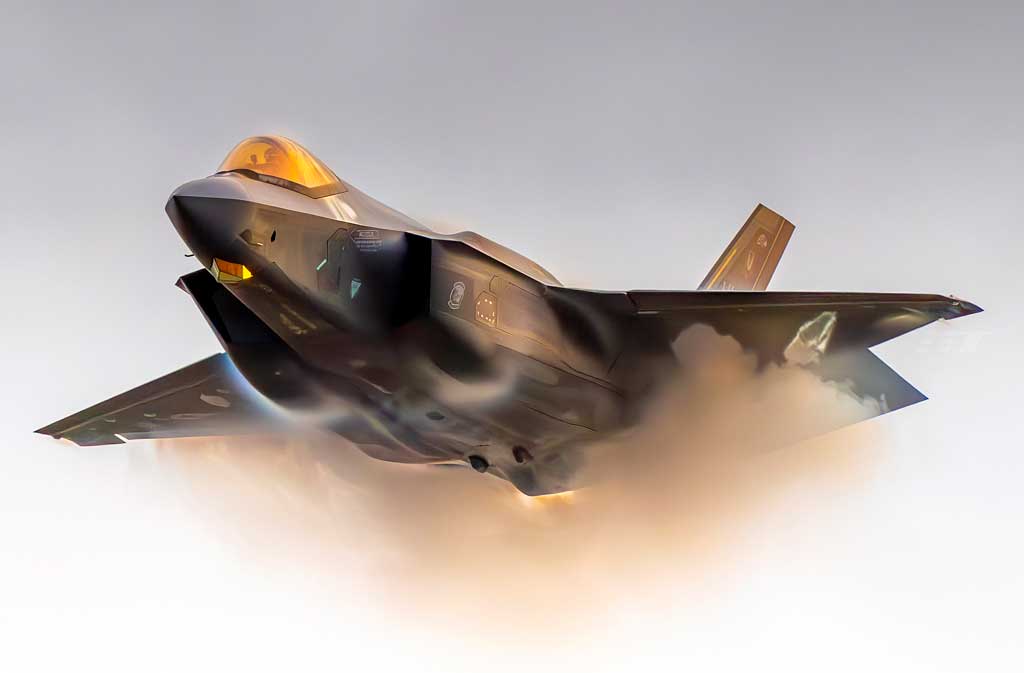
Prague is investing in 24 F-35s to modernize its air fleet and strengthen its role within NATO in the face of threats to Eastern Europe.
Summary
The Czech Republic has confirmed the purchase of 24 F-35A Lightning II stealth fighters from the United States to replace its aging fleet of Gripen aircraft leased from Sweden. This decision marks a major step forward in the modernization of its air defense and interoperability with NATO, at a time when the war in Ukraine has reignited security concerns on the Alliance’s eastern flank. The contract, estimated at nearly €6.5 billion, covers aircraft, simulators, weapons, and infrastructure upgrades. This partnership also strengthens the strategic link between Prague and Washington and is expected to boost Czech industry through industrial compensation. The arrival of the F-35s, scheduled for 2031, should give the Czech Republic unprecedented deterrence and projection capabilities, while integrating the country into the logistics and operational network of the global F-35 program.
The current state of the Czech air fleet
The Czech Republic currently operates 14 JAS-39C/D Gripen aircraft leased from Saab since 2005, with the contract extended until 2027. These 4+ generation aircraft, although agile and reliable, are reaching the limits of their potential in the face of contemporary challenges, particularly in terms of stealth, integrated sensors, and network-centric connectivity.
The Czech fleet also includes a few L-159 ALCA aircraft for advanced training and close air support, but their role is limited. The decision to invest in a fifth-generation aircraft responds to the need for a system capable of operating in a highly contested environment, particularly against Russian S-400 and S-500 systems, which are capable of detecting and engaging non-stealth aircraft at long range.
The arrival of the F-35s will mean the gradual withdrawal of the Gripen and an overhaul of the maintenance and logistical support chain. The transition to a more technologically complex fleet will require adaptation of the training of Czech pilots and technicians.
The budget and financial terms of the purchase
The overall contract is valued at approximately €6.5 billion, including not only the 24 F-35As, but also initial crew training, simulators, weapons, spare parts, and air base upgrades.
The Czech government has planned financing spread over more than a decade, in line with the goal of spending 2% of GDP on defense, in accordance with NATO commitments. Delivery of the first aircraft is expected in 2031, with full operational service beginning in 2035.
The investment represents a significant budgetary effort, but Prague considers it essential to ensure air deterrence and the credibility of its commitment to the Alliance. It also strengthens the strategic relationship with Washington, the main provider of security on the European continent.
The impact on interoperability within NATO
The Czech Republic’s adoption of the F-35A Lightning II brings its air force into line with that of many other European allies: Poland, Germany, the Netherlands, Denmark, Finland, and Italy have already acquired or commissioned this stealth aircraft.
This alignment significantly improves operational interoperability, as all these countries use the same architecture of sensors, data links, and mission systems. Joint air operations, networked maintenance, and the sharing of software updates become simpler and more efficient.
Strategically, this contributes to a mass effect in Eastern Europe, where allied air forces can combine their resources to counter advanced air and ground threats. The integration of the F-35 into NATO’s integrated defense systems strengthens the coverage and resilience of the eastern flank.
Strategic partnership with the United States
Beyond the acquisition of combat aircraft, the F-35 program links the Czech Republic to US logistical and technical infrastructure. Support from manufacturer Lockheed Martin and engine manufacturer Pratt & Whitney involves constant exchanges of data, spare parts, and software updates.
The United States sees this agreement as a consolidation of the Alliance’s Eastern European pillar and a sign of transatlantic cohesion. For Prague, it also means access to a global technological ecosystem, guaranteeing the availability of parts and updates for at least three decades.
This relationship brings the Czech Republic closer to NATO’s strategic core and could pave the way for expanded cooperation in training, joint exercises, and industrial exchanges.

Industrial offsets and infrastructure modernization
The Czech government insisted that the contract include domestic industrial benefits. Several Czech companies in the aerospace sector, such as Aero Vodochody and LOM Praha, are expected to participate in technical support, component manufacturing, and infrastructure maintenance.
The modernization of air bases, particularly in Čáslav, will be a major undertaking. Hangars, runways, and communication systems will need to be adapted to the requirements of the F-35, which is more demanding in terms of cybersecurity and sensitive data protection.
This transformation is expected to generate skilled jobs and investments in predictive maintenance and simulation technologies, strengthening the country’s defense industrial base.
The tactical and strategic benefits of the F-35 for Prague
The F-35A is a 5th generation multi-role aircraft, combining radar stealth, fused sensors, advanced data links, and precision strike capability. For the Czech Republic, these features provide:
- Increased deterrence capability against modern anti-aircraft systems.
- Better access to contested airspace, crucial for defense missions on the eastern flank.
- A credible contribution to NATO joint operations, whether air policing, precision strikes, or electronic reconnaissance.
The ability to share the tactical situation in real time with other allied platforms is a major change from the current Gripen fleet, which does not have the same level of connectivity and data fusion.
Challenges for the Czech Republic
The introduction of the F-35 also presents a challenge in terms of operating costs and skills development. The cost per flight hour, estimated at between $30,000 and $35,000, remains higher than that of the Gripen.
Training pilots and maintenance personnel will take several years and will involve internships in the United States or with other allied forces already equipped with the aircraft. In addition, joining the F-35 ecosystem implies a greater degree of dependence on US logistics chains and software updates.
Prague will therefore have to balance the strategic advantages of this acquisition with long-term budgetary and operational constraints.
A decision that reflects security priorities in Europe
The Czech Republic’s purchase of the F-35s comes amid heightened tensions in Eastern Europe since Russia’s invasion of Ukraine. It demonstrates Prague’s desire to become more integrated into NATO’s collective defense system and to contribute to regional deterrence.
This decision also illustrates the gradual shift by Central and Eastern European countries towards American 5th generation platforms, favoring interoperability and collective resilience over fleet diversity.
Ultimately, this choice could promote the consolidation of European air capabilities around the F-35, strengthening the strategic cohesion of the Alliance and raising questions about the role of competing European programs such as the Franco-German-Spanish SCAF.
War Wings Daily is an independant magazine.